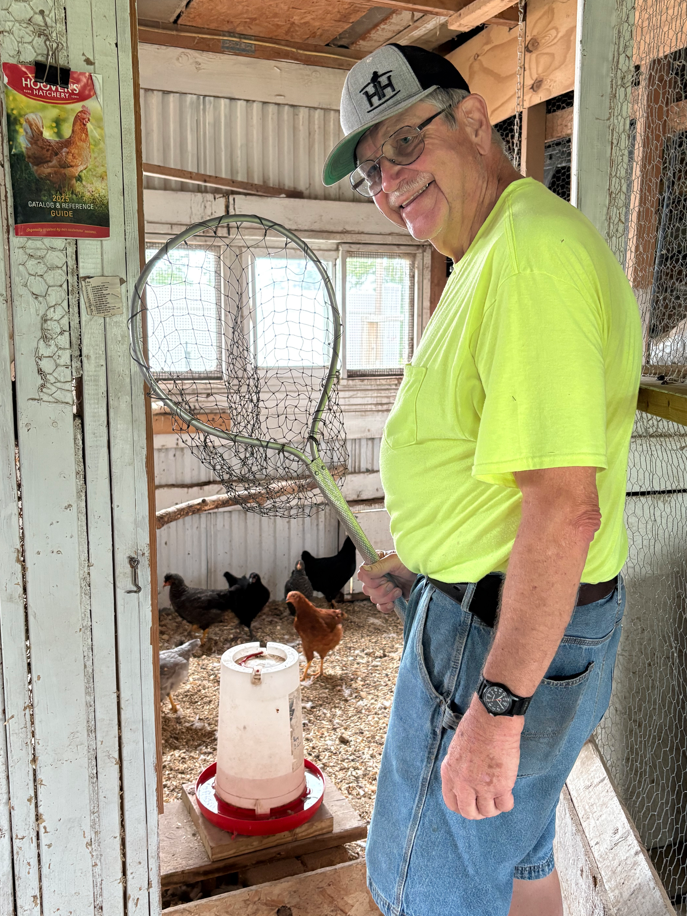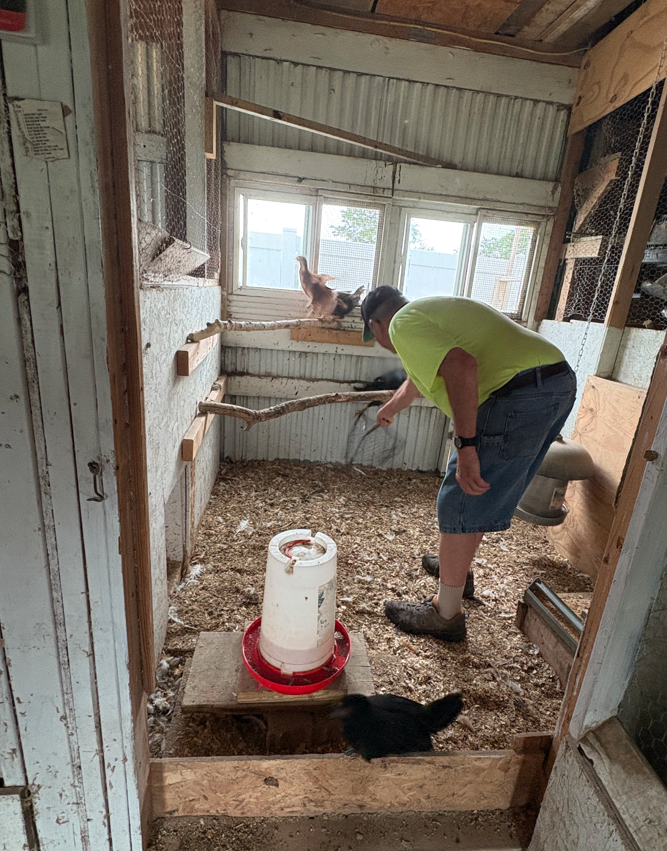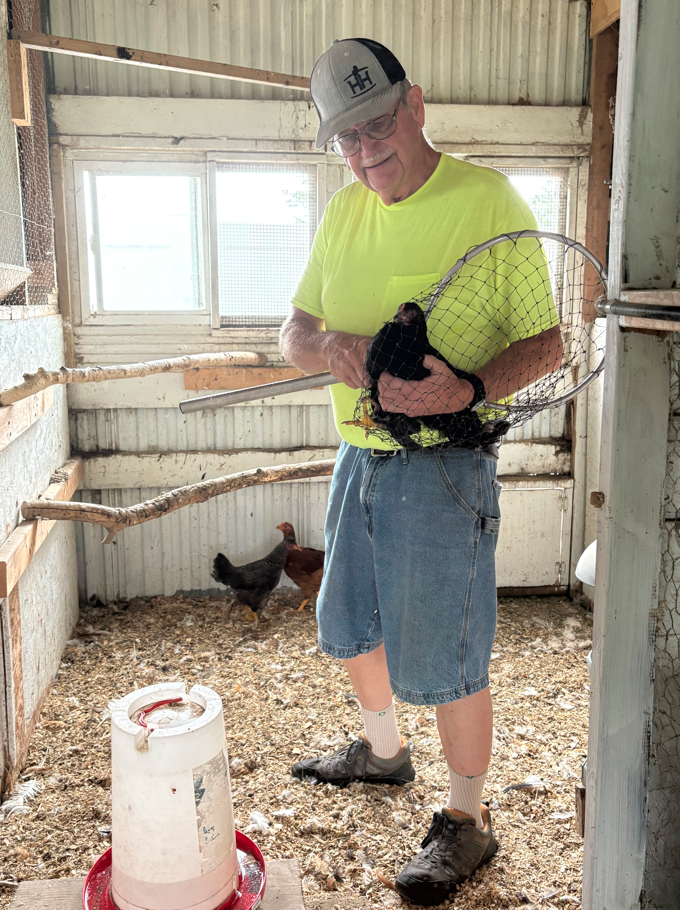From time to time, we’ve had to downsize our flock. It’s emotional. Saying goodbye to the feathery friends who have generously given us eggs is hard. An empty coop, lacking the bubbly chicken energy is a sad place. Downsizing or eliminating a flock can be distressing and tricky.
Why Downside a Flock
People downsize a flock for many reasons. Here are a few we have had to use.
- We’re moving and can’t have chickens in our new home.
- Our hens are getting old and aren’t laying many eggs. We need to replace them with younger ones.
- We bought chicks when egg prices were sky high, thinking we’d produce them cheaper. We learned that a chicken flock isn’t our cup of tea, so we need to get them to a better home.
- We want to switch to a different breed.
- We got chickens when our kids were young so they’d learn where food really comes from and how to care for animals. Now the kids are grown and have left the nest, and we don’t want chickens anymore.
The most common reason we downsize the flock, or part of the flock, is because the girls have just gotten old and aren’t laying much. Typically, hens lay the most eggs during their first and second lay cycle. So, when they approach three years old production slows down. They’ll still lay eggs for several more years but fewer each year. Eventually we replace the hens.
A Chicken Mentor
When we close down a flock of older hens and replace them with young pullets, we often keep one or two of the old girls. A mentor hen may not lay many eggs, but she’s valuable. She’s experienced! She will show newcomers what’s good to eat and what’s not, how to avoid predators, and where to lay eggs. Sometimes we have to rehome our entire flock but when we can, we keep a mentor or two.
How To Reduce a Flock
Probably the best way to downsize or eliminate a flock is to give the birds to another flock owner who will provide them a good home. We stay in touch with a few nearby families who keep chickens. If we need to dispose of some birds, we give these folks a call or send an email to ask if they’d like some extra birds. If that doesn’t work here are some ways we’ve reduced our flock:
- Eat them! Well, they are chickens and Americans eat millions of them every day. Slaughter is not a viable option for anyone emotionally attached to their birds. We can’t eat Fuzzy! Also, town ordinances often prohibit slaughtering chickens. Anyone who desires to slaughter their surplus chickens can learn how to do it from an experienced chicken keeper. Many YouTube videos show how to cut up a chicken carcass. Don’t be surprised. A three- or four-year-old hen’s meat is different from supermarket chicken. It’s richly flavored and delicious but tough. The meat of old hens is best slow cooked in stew.
- Put an ad on Facebook Marketplace, Craig’s List, or other social media sites.
Often calls start coming right away. Old hens can be given away, but we usually charge a couple of dollars per bird.
- Contact the local town or county humane society or animal control department. They likely know other families who have chickens and can help make a connection.
Catching and Moving Chickens
We’re always careful when we move chickens for any reason. They have to be caught and put in a container for transport for transportation to a different place. It’s a traumatic event for a chicken, so we try to keep the birds, and us, as calm as possible.

The best and safest way to catch a chicken is to enter the coop after dark with a flashlight and gently place hands over a sleeping hen’s wings so she can’t flap and then transfer her into a transport box or cage. If it has to be done during daylight a gentle way to catch a chicken is with a large long handled fish landing net. Netting holds the bird still so we can gently grab and move her.

We’ve used a big cardboard box to hold chickens when we move them a short way. Holes or cracks in the cardboard let air in and the dark interior tends to keep birds calm and quiet. We’ve also used wire box traps used to catch raccoons as a transportation cage. A raccoon-sized trap will hold about three birds. It’s best to move the chickens to their new home quickly.

Caution: Avoid moving chickens during hot weather. Riling them up to catch them and then placing them in a hot cardboard box may kill them. Wait for a cool day or evening and give the birds plenty of space in the box.
After we’ve removed our flock, we scoop and sweep out the litter and move it to the compost bin. Then we scrub the floor with soapy water or a mild bleach solution. We scrape old droppings off roosts, sanitize the perches, and thoroughly clean feeders and waterers.
Just before we add new chickens, we add fresh wood shavings as litter and fill feeders and waterers. We want our new hens to be comfortable in a clean and safe home.